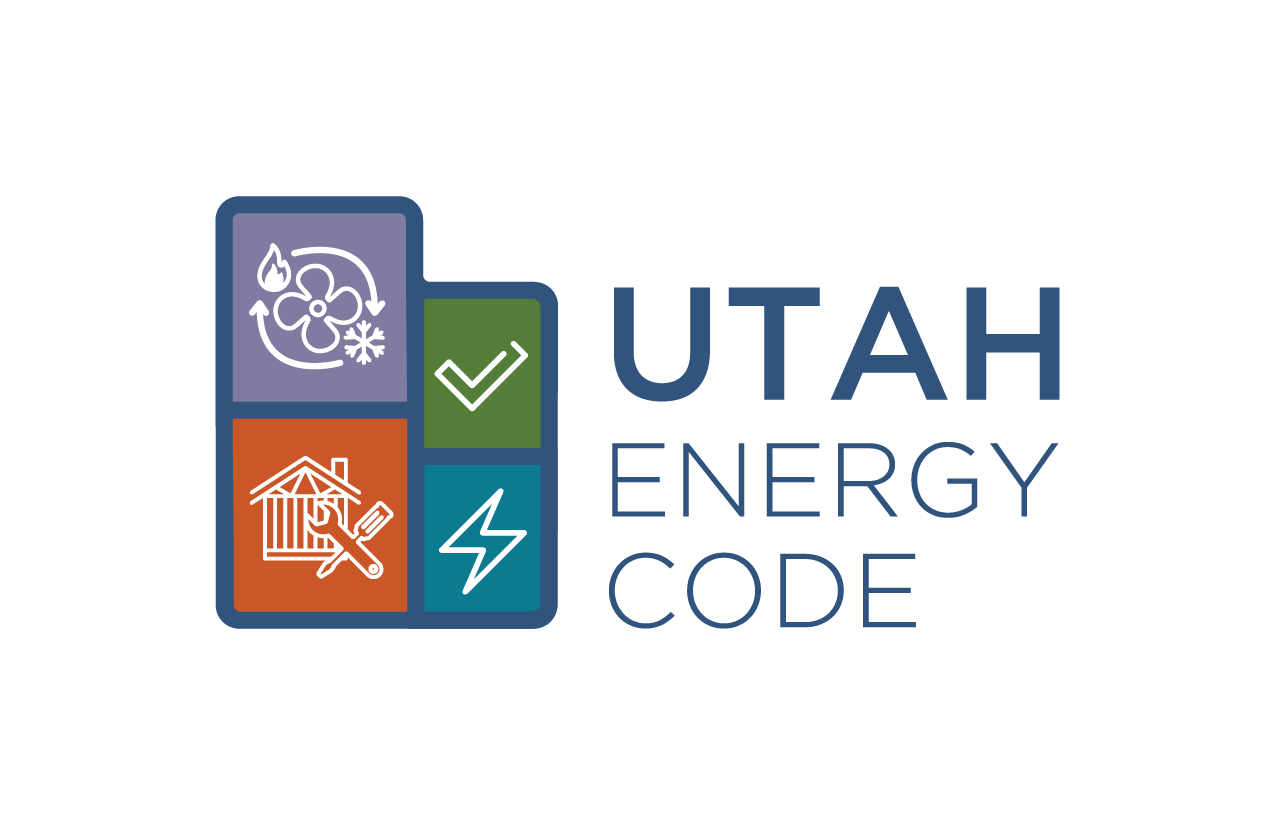
VENTILATION FOR A HEALTHY AND COMFORTABLE HOME
A mantra in the high-performance building community goes something like this: “Build it tight and vent it right”.
The idea is that to ensure occupant comfort and health, as well as building health and durability, it is better to build a tight enclosure and then introduce deliberate and controlled ventilation rather than building a loose enclosure and hoping that the numerous random little leaks will provide sufficient ventilation. The difference is control. Control is important when it comes to ventilation, but there are details that you also need to get right when providing mechanical ventilation to a building.
There are three different strategies commonly used when providing mechanical ventilation to a home: supply-only, exhaust-only, and balanced. Each method has its benefits and drawbacks, but each has its place.
Supply-only
Typically, when supply-only ventilation is used, a vent which draws air in from the outside is included on the return side of the HVAC system. In order to draw fresh air in from outside, the return side of the HVAC system is under negative pressure. A byproduct of this ventilation method is that it puts the home under positive pressure. A home being under positive pressure is not automatically bad, but you must understand how homes interact with their surroundings to help inform the best method of ventilation for your project.
Utah has a cold, arid climate, and for most of the year, the air outside is colder and drier than indoor air. Remembering that nature is always working toward equilibrium, the warmer and more humid inside air is consistently seeking equilibrium with the colder and drier outside air. The reality of physics means that there is a constant force driving working to get humid air into the walls of Utah homes in the winter. If a supply-only ventilation strategy is used in a cold and dry climate, the positive pressure that is created will push inside air to the outside of the structure. When the warm and humid air reaches a cold surface within the wall, it will condense into water, creating a significant risk for mold and rot to develop. The problems associated with supply-only ventilation are not a problem in warm and humid climates like the American South. There, the warm and humid air is outside, and pushing inside air which is cool and dry into wall cavities does not bring the same consequences as in a cold and dry climate.
Exhaust-only
In cool and dry climates, it is typically better to use an exhaust-only strategy. This simply entails using a high-quality exhaust fan that is designed to run constantly at a lower speed to pull a designated amount of air from the home in a given time period. This method is strategically sound because it puts the home under negative pressure and pulls cooler and drier air in, but will not introduce the same risk for condensing water in the walls that a supply-side strategy does in Utah’s climate.
Balanced
The last strategy for ventilation is balanced. As with the other two, there are benefits and drawbacks to this strategy. Balanced ventilation requires equipment with a more involved installation process and is typically more expensive to purchase—but if these obstacles can be overcome, balanced ventilation offers benefits that the other two methods cannot provide. As the name implies, balanced ventilation does not put the home under positive or negative pressure. Also, balanced ventilation typically offers heat recovery for the fresh air. This means that most of the heat that has been added to (or removed from) the air for indoor comfort is recovered and introduced into the incoming fresh air.
For those living and building in Utah, Dr. Energy recommends exhaust-only or—if you can afford it—balanced ventilation for all newly constructed homes. These options offer the best chance for a healthy and comfortable home.
– Dr. Energy

0 Comments